Introduction
How Do Pigeons Return Home: The ability of pigeons to navigate over long distances and return home with astonishing accuracy has intrigued scientists and fascinated humans for centuries. Often referred to as homing pigeons or messenger pigeons, these remarkable birds possess a unique set of skills that allow them to find their way back to their home lofts, even when released hundreds of miles away. The phenomenon of how pigeons return home is a captivating blend of biology, genetics, and environmental cues, showcasing the intricate mechanisms that nature has endowed them with.
In this exploration, we will delve into the fascinating world of pigeon navigation, shedding light on the various factors and theories that contribute to their extraordinary homing abilities. From their keen sense of direction and reliance on visual landmarks to the role of Earth’s magnetic field and the enigmatic “map and compass” hypothesis, we will unravel the mysteries behind pigeons’ homing prowess. We will explore the relevance of this unique skill in both scientific research and human history, where pigeons have served as invaluable messengers during times of war and as subjects of study in the field of animal navigation.
Join us on a journey into the skies with these remarkable avian navigators as we seek to understand the age-old question: How do pigeons return home?
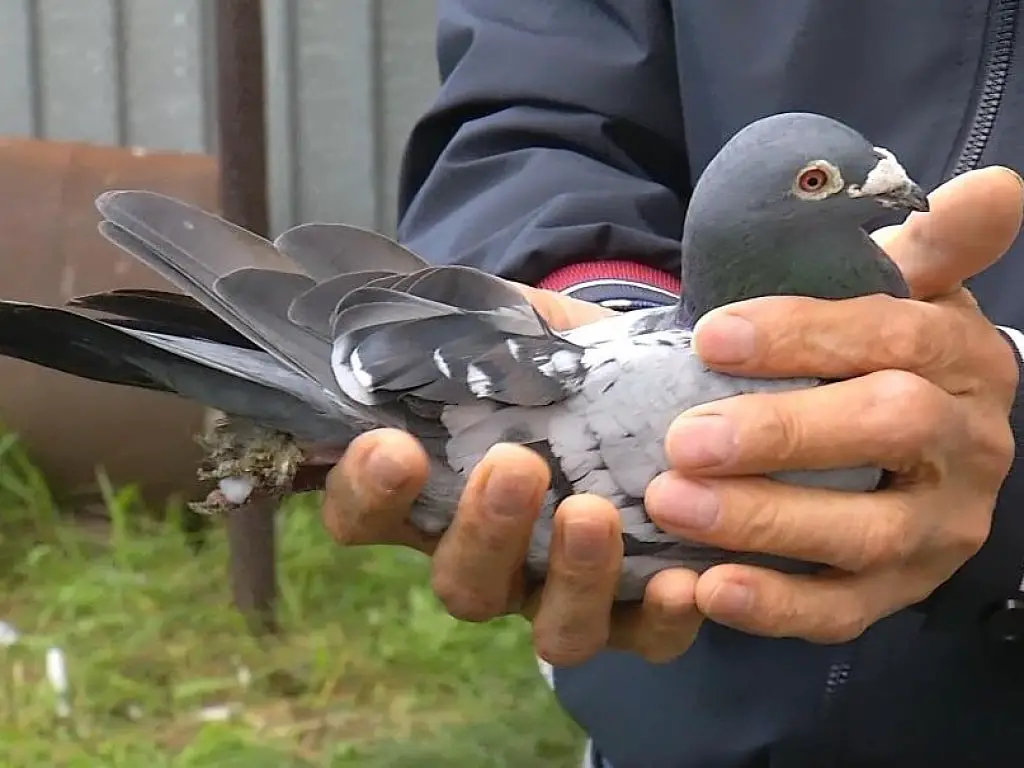
How do pigeons fly back home?
Papi proposed that pigeons learn the odors of volatile atmospheric gases under different wind directions at their home lofts, including the odors’ relative strengths. When displaced, pigeons compare the local odors and wind direction with patterns they know from home.
Pigeons’ ability to fly back home, often referred to as homing, is a remarkable navigational skill that has captivated humans for centuries. While the exact mechanisms are not entirely understood, several factors contribute to their homing ability. One key element is their exceptional sense of direction. Pigeons can determine their compass direction using the Earth’s magnetic field. This ability is thought to involve specialized cells containing magnetite, a magnetic mineral.
Pigeons also rely on visual cues and landmarks to navigate. They have an excellent memory for geographic features, such as rivers, mountains, and buildings, which they use as reference points. Observations have shown that pigeons can even recognize specific buildings and landmarks from the air, helping them find their way home.
Another crucial factor is their ability to sense the Earth’s magnetic field. Pigeons are thought to use this information as a compass, helping them maintain a consistent heading. The position of the sun in the sky can serve as a clock for time estimation, allowing them to judge their location relative to home.
It’s believed that pigeons integrate these various cues and sensory inputs to create a mental map of their environment, which they use for navigation. While the exact process remains a subject of scientific investigation, these skills collectively enable pigeons to fly back home with remarkable precision.
How do pigeons know to return?
We know pigeons use visual cues and can navigate based on landmarks along known travel routes. We also know they have a magnetic sense called “magnetoreception” which lets them navigate using Earth’s magnetic field.
The exact mechanisms by which pigeons “know” to return home remain a subject of scientific inquiry, but several theories have been proposed. One prevailing theory is that pigeons possess both a “map” and a “compass” in their brains. The “map” represents their knowledge of the landscape and specific landmarks, while the “compass” involves their sense of direction using the Earth’s magnetic field.
When pigeons are taken to unfamiliar locations and released, it is thought that they rely on their internal map and compass to determine their position relative to their home loft. By comparing their current surroundings to their mental map, they can establish a sense of direction. The magnetic field then acts as a compass, helping them maintain a consistent heading towards home.
Do pigeons always return home?
Studies have shown that pigeons can sense the Earth’s magnetic fields, which accounts for their homing sense. Since pigeons can find their way home, they’ll be able to find your home no matter how many times you chase them away. Once they’ve begun nesting in one location, their biology calls them back over and over.
While pigeons are renowned for their homing abilities, they don’t always return home successfully. Several factors can influence their homing performance. Extreme weather conditions, such as heavy storms or thick fog, can disorient pigeons and disrupt their navigation. Strong winds can affect their flight paths and make it challenging for them to maintain their intended direction.
Pigeons released in unfamiliar or highly urbanized areas may struggle to find the necessary landmarks or visual cues they rely on for navigation. This can result in them getting lost or returning to a location other than their home loft.
Predators and human interference, such as capturing or disturbing released pigeons, can also interfere with their ability to return home safely. In some cases, pigeons may become disoriented or delayed due to such factors.
How long do pigeons remember home?
Homing pigeons combine precise internal compasses and memorized landmarks to retrace a path back to their lofts—even four years after the previous time they made the trip, a new study shows.
Pigeons have an impressive ability to remember their home loft’s location. Studies have shown that they can remember their home loft even after being away for extended periods, ranging from weeks to months. This memory retention is critical for their homing abilities.
The exact duration of their memory for home is not precisely defined and can vary among individual pigeons. Some may have a stronger and longer-lasting memory than others. However, their ability to remember home for extended periods is a testament to their navigational prowess and their remarkable homing instincts. This capacity to remember home helps them return to their loft, even when released at considerable distances from it.
How far can a pigeon find its way home?
Flights as long as 1,800 km (1,100 miles) have been recorded by birds in competitive pigeon racing. Their average flying speed over moderate 965 km (600 miles) distances is around 97 km/h (60 miles per hour) and speeds of up to 160 km/h (100 miles per hour) have been observed in top racers for short distances.
Pigeons are known for their remarkable ability to navigate and find their way home over long distances. This navigational skill is called “homing instinct” or “homing ability.” Pigeons have been used for centuries as homing pigeons or messenger pigeons, primarily because of this unique ability.
The exact range over which a pigeon can find its way home can vary depending on several factors, including the individual pigeon’s experience, the terrain, weather conditions, and the presence of obstacles like tall buildings or natural barriers. However, pigeons have been known to navigate distances of up to several hundred miles to return to their home loft or roosting place.
One famous example of a pigeon’s homing ability comes from World War I and II, where pigeons were used to carry messages across enemy lines. Pigeons released from warships or aircraft often found their way back to their home lofts, covering distances of over a hundred miles.
The exact mechanisms behind a pigeon’s homing ability are not completely understood, but it is believed to involve a combination of visual, magnetic, and olfactory cues, as well as an internal sense of time and direction. Researchers continue to study these fascinating birds to unravel the secrets of their navigation skills.
Do pigeons come back if they fly away?
If your bird escaped from home, keep checking the surrounding house ledges, roof tops and power wires (they rarely perch in trees) as they are likely to come back and want to get in to their home. (They’ll be spooked and nervous, though, so don’t chase them.
Pigeons, especially homing pigeons, have a strong tendency to return to their home lofts even if they are released or fly away from unfamiliar locations. This innate homing instinct is deeply ingrained in their behavior. When pigeons are transported and released in places they have never been before, they will often make extraordinary efforts to navigate and find their way back to their home loft. This behavior has made pigeons valuable messengers throughout history and is the basis for their use in pigeon racing.
However, it’s important to note that not all pigeons have the same homing abilities, and various factors like environmental conditions and individual differences can influence their success in returning home. Pigeons can get lost or face obstacles that may prevent them from returning, especially in urban areas with complex landscapes.
Do pigeons return to the same place?
Once the pigeon has learnt to fly they will spend a short amount of time returning to the site of their original nest, and they will stay in the general area, but eventually after 7 or so months they will move on, find a mate, and create their own nests to lay more eggs.
Yes, pigeons have a remarkable ability to return to the same place, particularly their home loft or nesting site. This ability is a fundamental part of their homing instinct and navigation skills. Pigeons are known for their strong fidelity to their home location, and they often exhibit an extraordinary capacity to find their way back to their specific loft, even when released in unfamiliar or distant locations.
When pigeons are released in areas they’ve never been to before, they rely on a combination of factors to navigate back home. These factors include their keen sense of direction, the use of visual landmarks and geographic features, and potentially even the Earth’s magnetic field. Pigeons create a mental map of their environment, and this map helps guide them back to their home loft.
While pigeons can return to the same place, it’s important to note that they may not necessarily return to the exact same spot within their loft or nesting area. Pigeon lofts often have multiple perches or nesting sites, and individual pigeons may choose different spots on different occasions. However, their ability to return to the general location, such as the loft or nesting area, is a testament to their impressive homing and navigational abilities.
Do pigeons have memories?
Although pigeons display impressive memory abilities, there are some critical differences in working memory between pigeons and humans. Perhaps not surprisingly, pigeons have lower working memory capacity than human adults (Gibson et al., 2011).
Yes, pigeons have memories, and their memory capabilities are an essential part of their homing abilities. They can remember the location of their home loft even after being away for extended periods, ranging from weeks to months. This memory retention is crucial for their homing instincts and their ability to navigate back to their loft, even when released at significant distances. Their memory also allows them to recognize and remember visual landmarks and geographic features in their environment, which they use for navigation.
Pigeons have been subjects of extensive research on memory, particularly in the context of their homing abilities. Their memory capabilities have been shown to be quite sophisticated, and their ability to remember home and other navigational cues plays a vital role in their successful homing flights.
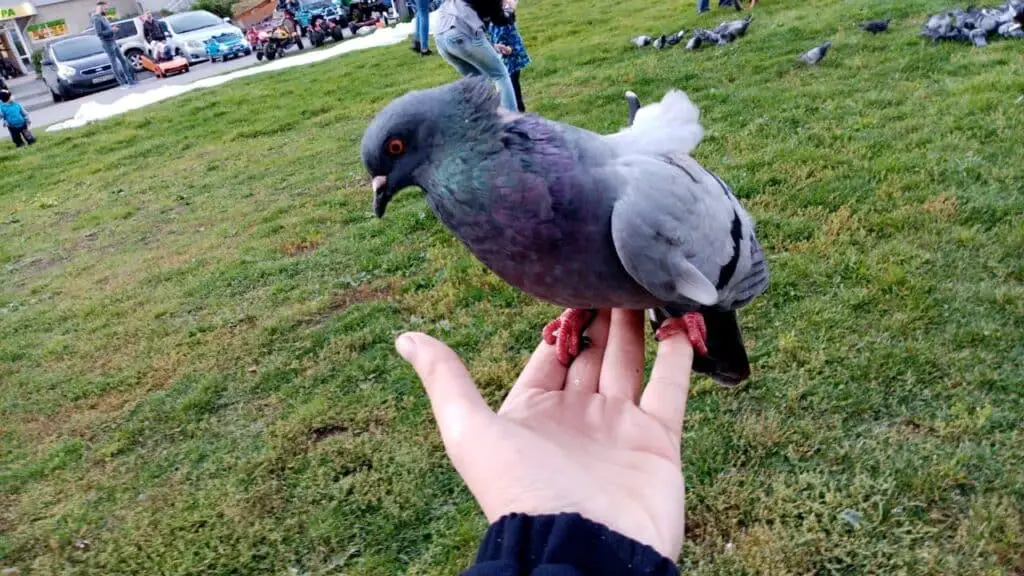
Conclusion
The remarkable ability of pigeons to return home over vast distances remains one of the most intriguing phenomena in the natural world. Throughout our exploration, we have uncovered several key elements that contribute to their uncanny homing skills.
Pigeons’ reliance on visual landmarks, celestial cues, and their impressive memory for spatial details offer vital insights into their navigation capabilities. The Earth’s magnetic field appears to play a role in their orientation, and recent research has provided fascinating glimpses into the inner workings of their “homing neurons” – specialized brain cells that may serve as a biological GPS.
The “map and compass” hypothesis, although still a subject of research and debate, suggests that pigeons possess both a sense of direction and an awareness of their location, akin to a map and compass, respectively. These mechanisms, when combined, enable them to make their way back home with astonishing precision.
In the broader context, understanding how pigeons return home has not only deepened our appreciation for the natural world but also had practical applications. Pigeons have served as reliable messengers in times of conflict and continue to inspire studies in animal navigation, contributing to our knowledge of how living creatures perceive and interact with their environment.
We are left with a profound sense of wonder and admiration for the intricacies of nature. Pigeons, with their ability to navigate across vast landscapes, remind us that there are still mysteries waiting to be unraveled in the world around us.

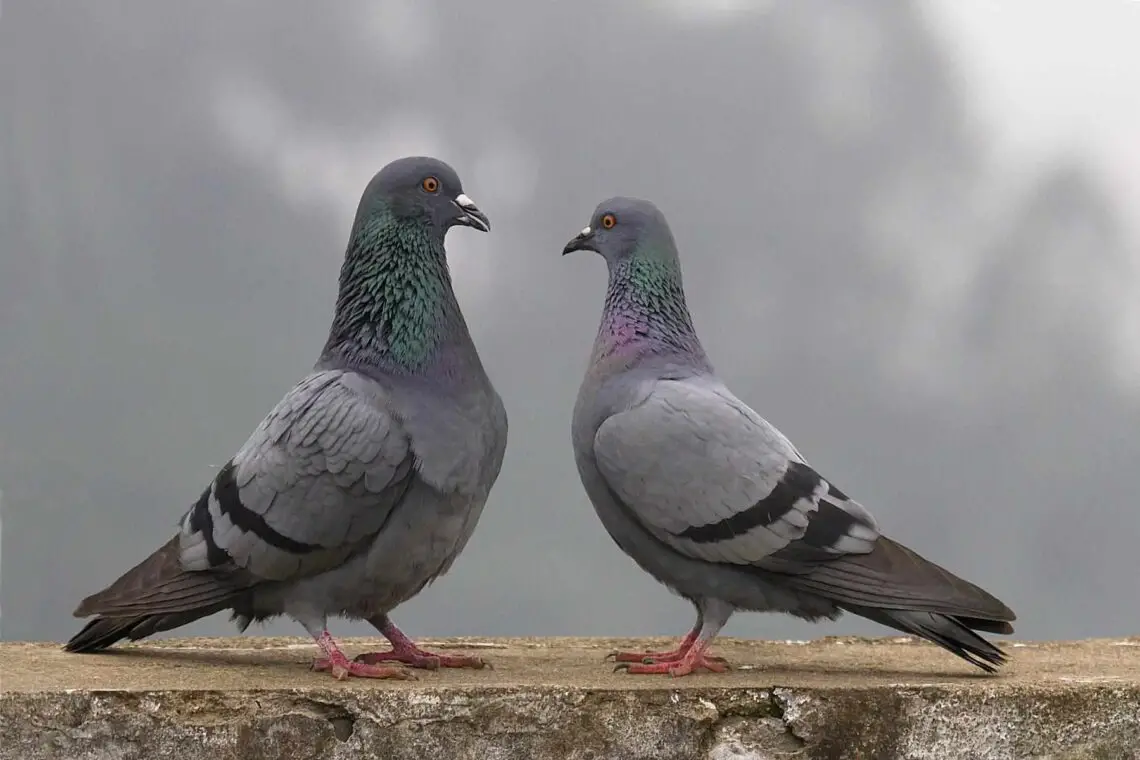
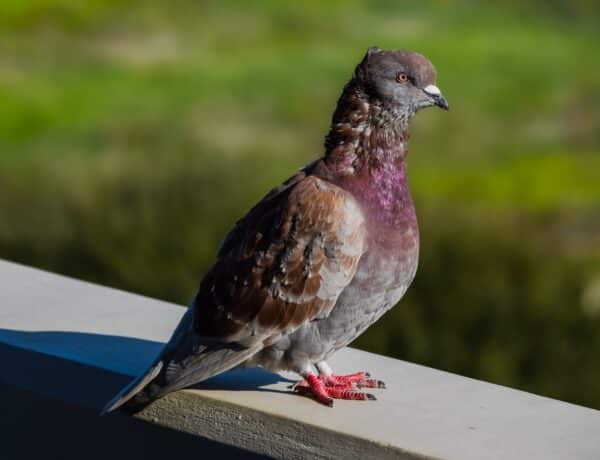
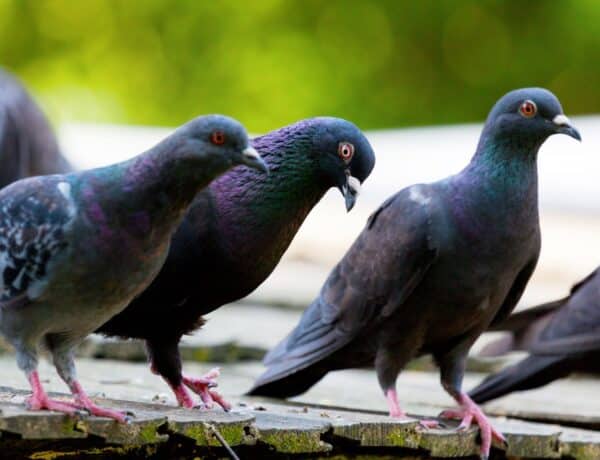
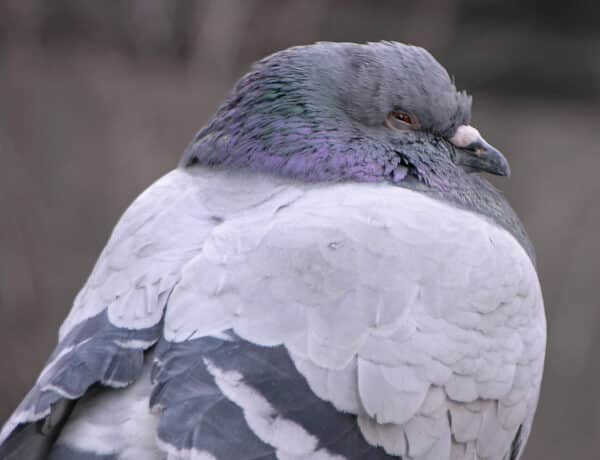
No Comments